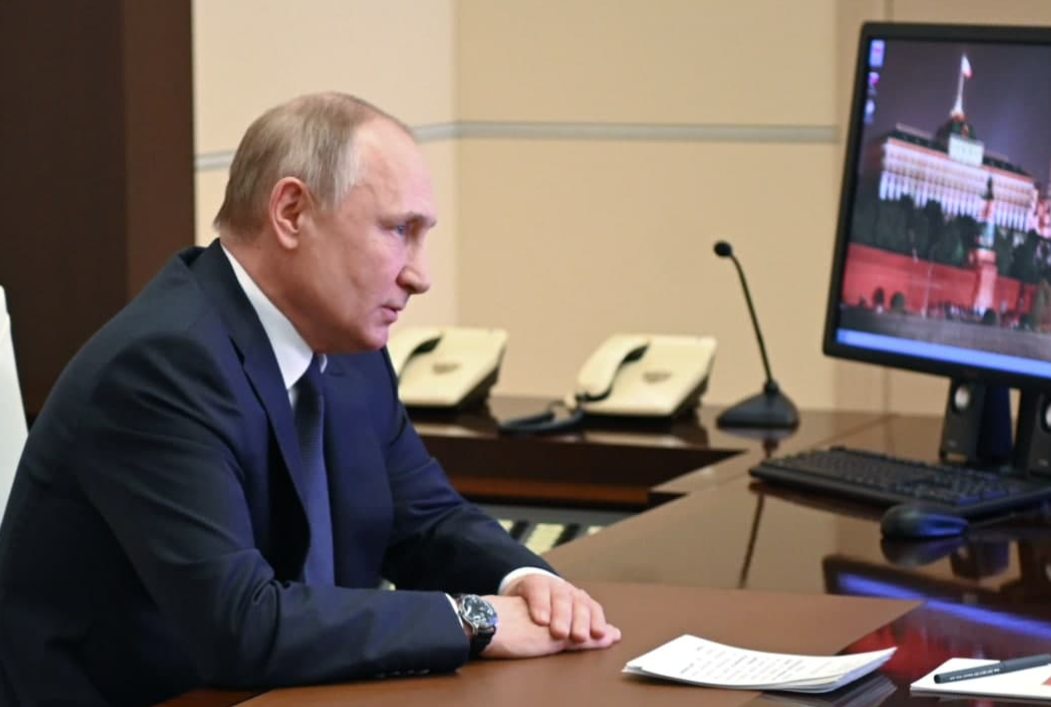Russia Vows Retaliation After Deadly Drone Strikes and Bomber Attacks:Tensions in the Russia-Ukraine war have surged after deadly drone strikes and long-range Ukrainian attacks on Russian airbases. As both nations accuse each other of terrorism and sabotage, peace talks struggle to make progress, and fears grow over Russia’s potential use of superweapons.
Russia Vows Retaliation After Deadly Drone Strikes and Bomber Attacks
In the latest and perhaps one of the most dangerous escalations in the ongoing Russia-Ukraine war, Russian drone strikes killed five civilians, including two women and a one-year-old child, in the northern Ukrainian city of Priuki. Local officials reported that the victims were found buried under the rubble of their homes after the explosions devastated residential areas. Six other individuals were injured and taken to a nearby hospital for treatment.
These drone attacks come in response to a significant Ukrainian offensive just days earlier, when Ukraine launched a surprise strike on four separate Russian airbases across the country. This operation reportedly destroyed billions of dollars worth of nuclear-capable bombers. Additionally, two key bridges in the Russian regions of Briansk and Kursk, near the Ukrainian border, were bombed—further fueling the diplomatic and military standoff.
Russian President Vladimir Putin condemned the destruction of the bridges, labeling the incidents as “terrorist attacks” and claiming that Ukrainian forces intentionally targeted civilians. He asserted that these actions were politically motivated and designed to derail the second round of peace talks between Russia and Ukraine held in Istanbul.
Putin’s statement emphasized that Ukraine’s attacks confirmed Moscow’s belief that the Kyiv government, which Russia continues to call illegitimate, is descending into what he described as a terrorist regime. The Russian leader went as far as accusing Western backers of Ukraine of being “accomplices of terrorists.”
Adding to the sharp rhetoric, former Russian President Dmitry Medvedev, who currently serves as deputy chairman of Russia’s Security Council, stated that Russia has no interest in reaching a compromise under what he described as “delusional” conditions proposed by Ukraine. Medvedev clarified that the goal of the Istanbul talks was not peace, but Russia’s victory and the total dismantling of what he called the “neo-Nazi regime” in Kyiv.
Medvedev also hinted at severe retaliation. On Telegram, he warned that retribution is now “inevitable” and declared, “Everything that needs to be blown up will be blown up, and those who must be eliminated will be eliminated.”
As the threat of further escalation looms, the United States Embassy in Kyiv has issued a strong advisory to American citizens, urging them to exercise extreme caution due to the continued risk of major air strikes in Ukraine.
Amid this backdrop, speculation has risen regarding the weapons Russia might employ if it follows through on its threats. The country still has several high-impact, largely unused military technologies in its arsenal:
- Avangard: A hypersonic glide vehicle capable of evading traditional missile defenses.
- Burevestnik: A nuclear-powered cruise missile with long-range capabilities.
- Zircon: A scramjet-powered hypersonic anti-ship missile.
- Kinzhal: A hypersonic air-launched ballistic missile, already used selectively in the conflict.
- Poseidon: A nuclear-capable unmanned underwater drone designed for massive coastal destruction.
- Sarmat: A heavy intercontinental ballistic missile equipped with multiple independently targetable reentry vehicles (MIRVs).
Some reports also suggest that Russia could deploy the Oreshnik hypersonic ballistic missile, which was previewed in late 2024. The missile has previously been used in serious escalations, including the November 2024 attack on the Ukrainian city of Dnipro. These actions followed the Western decision to allow Ukraine to strike deeper into Russian territory, a move that significantly shifted the dynamics of the conflict.
Meanwhile, Ukrainian President Volodymyr Zelensky has proposed a temporary ceasefire, hoping to arrange a direct meeting with President Putin. While the June 2nd round of peace talks in Istanbul did not result in any major breakthroughs, negotiators discussed a potential large-scale prisoner exchange—one of the few positive signals in an otherwise bleak situation.
With the diplomatic track stalling and military strategies intensifying, the Russia-Ukraine conflict appears to be entering a far more volatile and dangerous phase.
Disclaimer:
This article is based on evolving news reports and official statements from both Russian and Ukrainian sides, as well as international sources. The situation remains fluid, and developments are subject to change. Readers are advised to follow updates from verified global agencies for the most accurate information.

